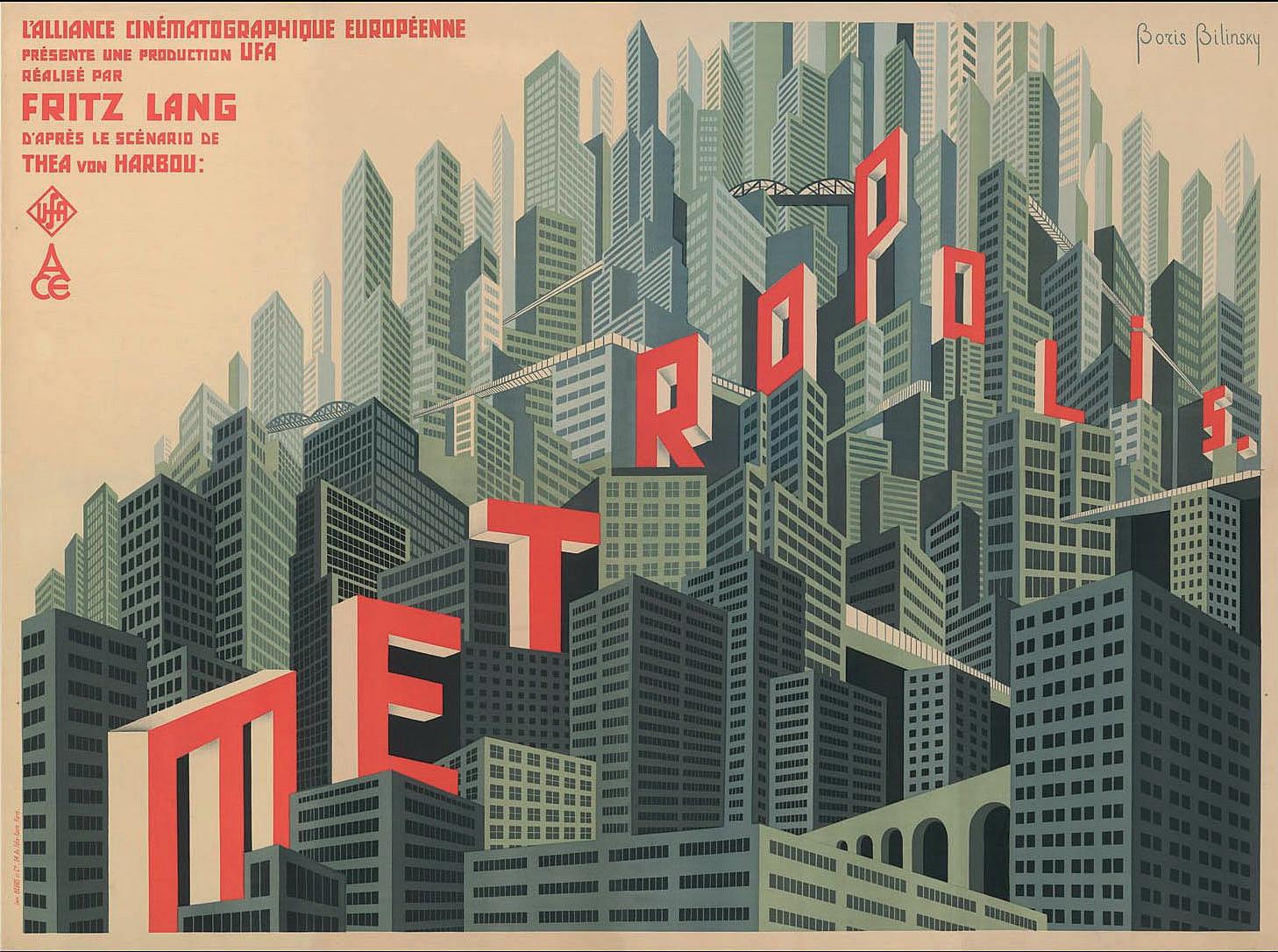
4 minute read
Ways out of the crisis: Reforming life to reform the self
Ways out of the crisis: Reforming life to reform the self Andreas Schwab
In March 2019 16 year-old Greta Thunberg addressed 20,000 people at the Brandenburg Gate in Berlin about climate change, saying: “The older generations have failed tackling the biggest crisis humanity has ever faced.” She demanded an immediate change in people’s behaviour, calling for a halt to CO2 emissions. For despite the protests of young people all over the world, nothing has yet happened, she said. In her rhetoric the founder of the “Fridays for future” school strike movement adopts para digms characteristic of the Lebensreform movement, namely an awareness of living in a time of crisis and overcoming it by changes in individual behaviour. Young people’s climate pro tests in 2019 with their disaster scenarios of melting glaciers and polar icecaps can thus very well be compared to the concerns of Lebensreformists at the beginning of the 20th century. In his painting “The Power of Love” (1899) Gusto Gräser produced an iconic expression of this fundamental feeling of the Lebensreform movement. On the right side of the picture we see a civilisation in flames, which has already left countless people dead. By reverting to a natural, healthy way of life humanity, represented by a naked couple, can reach a new paradise. It is not by chance that this image, in contrast to the usual direction of reading, is to be read from right to left. The utopian world is characterised by total harmony between humans, animals and nature.
Advertisement
Throughout the whole of the 20th century Lebensreform activists constantly addressed the specific problems of the moment. In the first decades typical issues taken up by the Lebensreform movement were criticism of industrialisation, militarisation and urbanisation. In 1906 Paul Schultze-Naumburg, an influential conservative architect who later got involved in the defence of German heritage and became a Nazi party member of the Reichstag, published an article with the telling title “The Big City Illness” in the journal “Der Kunstwart”. In it he denounced the intolerable sanitary conditions in large cities, and the “frantic tempo” that characterised life in them. This drew some of the advocates of the Lebensreform movement into an “ethnic” way of thinking, in that they linked their critique of large cities with anti-Semitic stereotypes. In the post-war period starting in 1945, economic growth, the rise of the consumer society and the threat of environmental disaster provided new reasons for crisis and disaster awareness. Particular targets were the contamination of the environment, air pollution causing a range of ailments, the poisoning
of foodstuffs, the concreting over of the countryside and the dangers posed by nuclear energy. In 1972 the influential Club of Rome published a report addressing these concerns: “If the present growth trends in world population, industrialization, pollution, food production, and resource depletion continue unchanged, the limits to growth on this planet will be reached sometime within the next one hundred years.” But the concerns did not relate solely to society as a whole. Human beings as individuals are also affected, they claimed: they suffer alienation and worry about a loss of direction both professionally and in the family. Traditional values are regarded as outdated. A 1969 article in the Swiss naturists’ journal “Die neue Zeit” wrote that “the huge progress made in technology and prosperity have taken 20th century man yet further away from his natural environment. Man today, whether he knows it or not, is the slave of his ‘overcivilisation’ and the associated damage to his health.” The symptoms of crisis in the individual, too, changed over the course of time. While in 1900 “nerves” was seen as a problem for employees, leading many people to go for treatment in specialist clinics (e.g. Max Bircher-Benner’s “Lebendige Kraft”, or “Vital Force” clinic), today it is “burnout” – an equally vague concept. Illnesses connected with too much stress in an apparently ever more complex society, are also coming increasingly to the fore.

The Lebensreform movement was a response to such feelings of crisis, whether or not in any particular case they were founded on reality. But the path that was supposed to lead out of the crisis was always an indi vidual one. That means that according to the doctrine of Lebensreform, reform of the self always came before reform of society. Taken overall, Lebensreform appears to be a reaction to modernity, a reaction associated with an all-round change to its pro ponents’ lifestyle. That is why the utopias which found expression in a “return to Nature” were always linked to a broad range of practices which each person had to engage with individually. Since the end of the 19th century these have been among the many different responses to the ever accelerating modern world.






